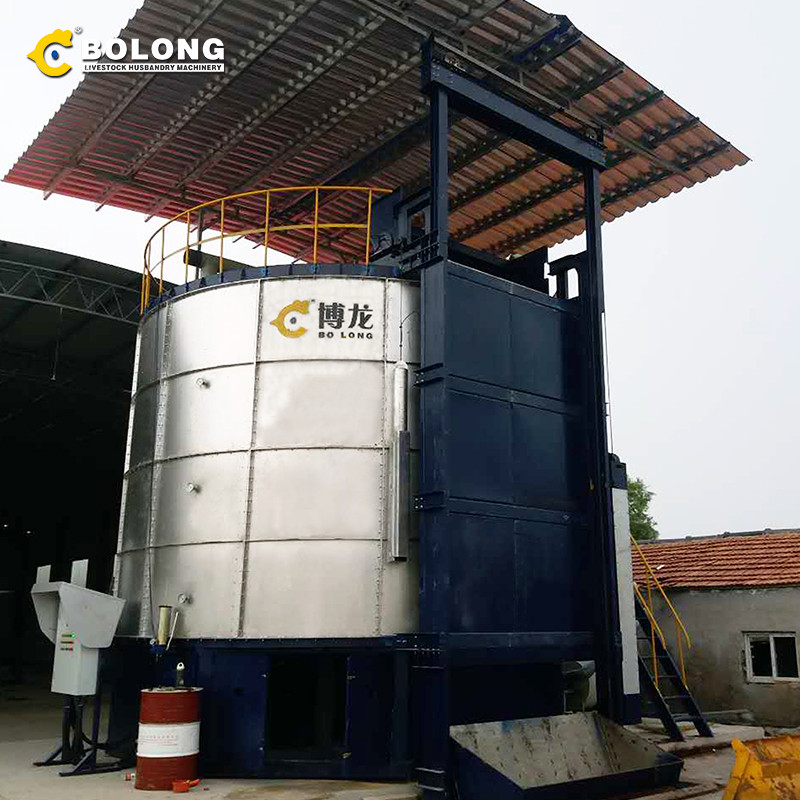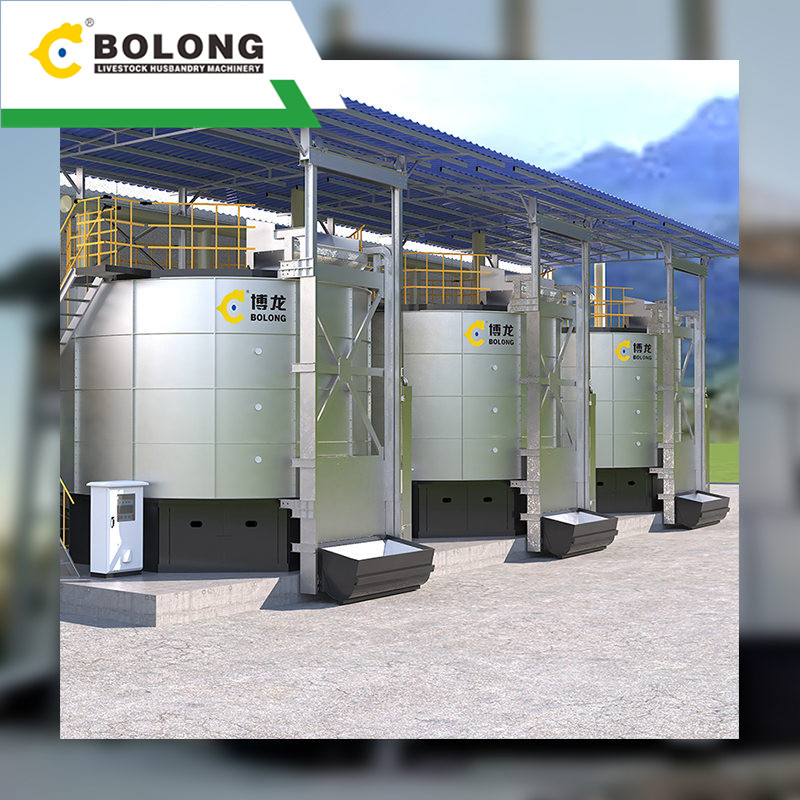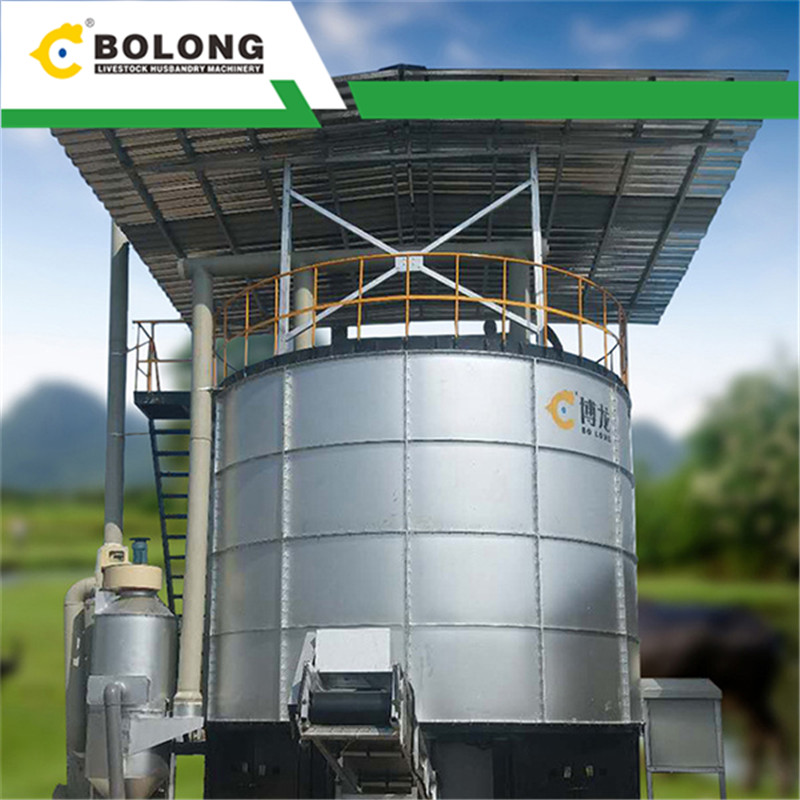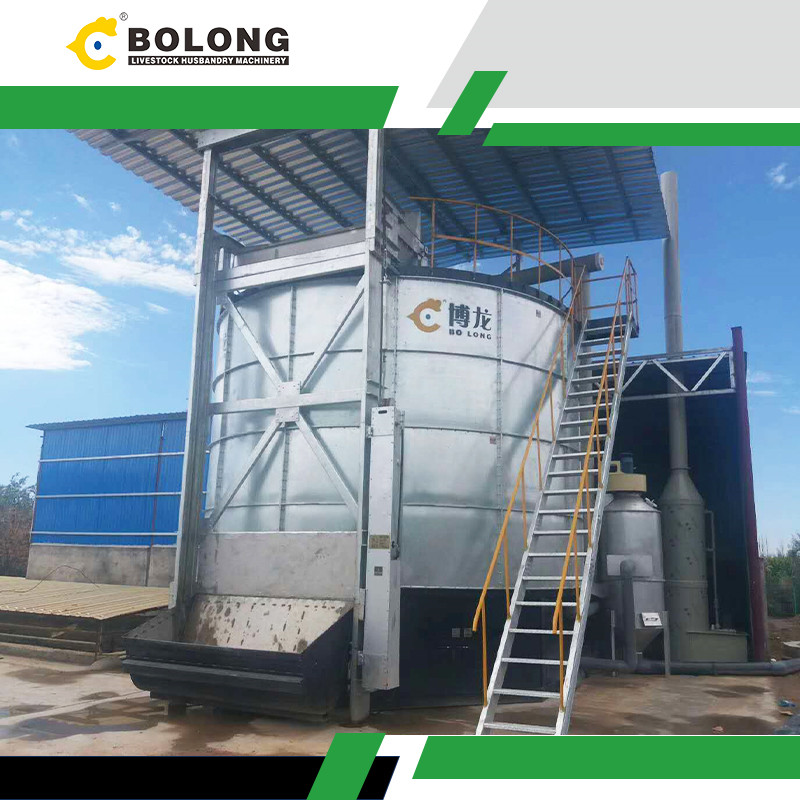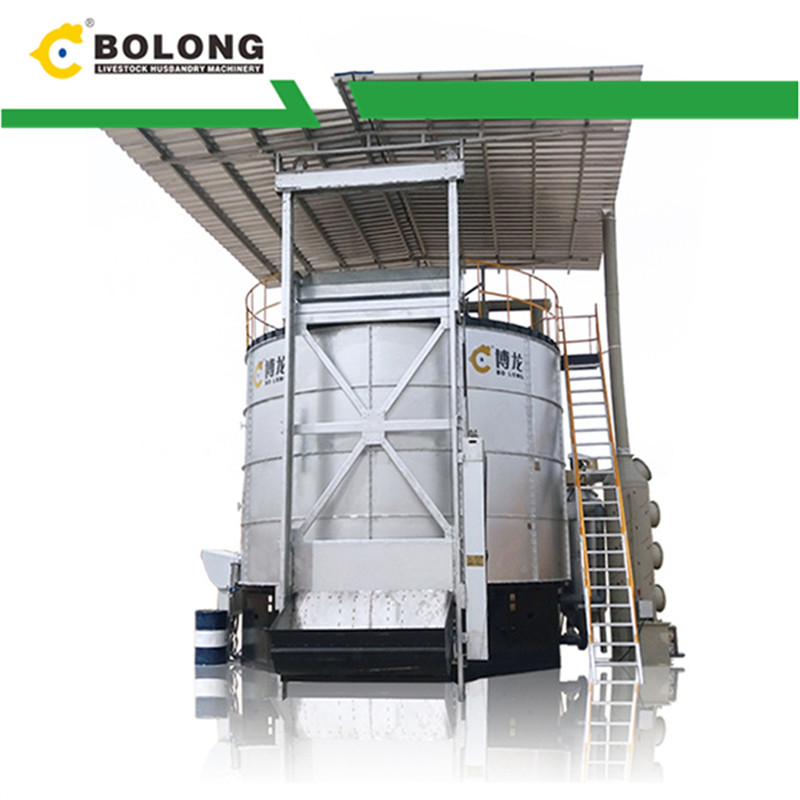2009/9/7/ · The H 2 production and carbohydrate removal in heat-treated, acid-treated, alkali-treated, and untreated food wastes are presented in Table 3.In all cases, CH 4 was not detected during the whole fermentation period. H 2 production rate and lag-phase time for the heat-treated, the acid-treated, and the untreated food wastes were derived using
